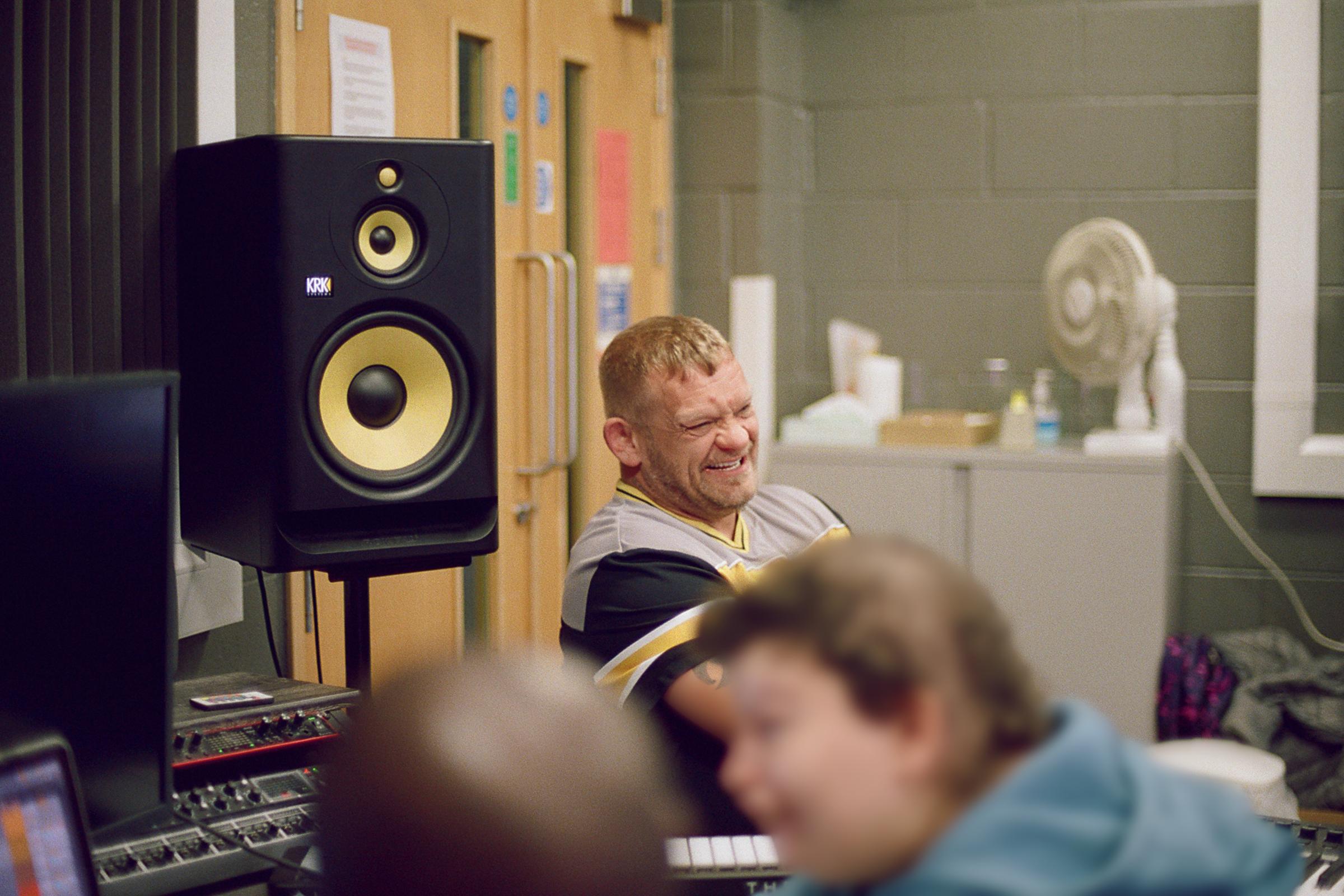On the 'frontline' of poverty: how public services reinforce stigma
It is vital that we build stigma-free, trauma-informed and person-centred public services. That’s what council and housing association worker Alex, a member of the Stigma Free Futures Design team, reflects on in this blog.
The Stigma Free Futures Design team is a diverse group of people, with lived and learned experience of the issue we’re working to change. Through either our professional or personal lives, and mainly, through a combination of the two, we have engaged with poverty, alongside issues like unemployment, homelessness and mental health. In doing so, we have witnessed or experienced stigma at play.
It was early on in the project that we realised the power that language has. We noticed that while poverty was the underlying issue we were all working to address, there was a collective failure to say this out loud, instead, we’d worked within organisations or on projects which were established to focus discretely on the impacts, rather than the causes, of poverty. As we progressed through our work, an analysis of the occurrence of stigma in the housing sector highlighted the role that words used, and not used, play in perpetuating poverty and stigma.
The power of language
We agreed that the narratives used across public services have the potential to reinforce stigma, and perpetuate the divide between people in poverty and people employed by the services working to end it. Examples include talk of ‘tackling’ or ‘combating’ public spending on Universal Credit, and discussions about ‘frontline’ services, words with connotations of battles and confrontation pit public service workers ‘against’ people trying to access services, reinforcing an already unequal power dynamic.
Similarly, technical language alienates people who use services, such as housing associations building ‘units’ rather than homes, and the DWP referring to people as ‘claimants’. Removing the ‘human’ element dehumanises and disguises the impact that policies and services have on the people they affect, and creates an environment in which people feel disempowered. This harm can cause irreparable damage to people’s self-esteem, sense of identity and mental health, and add to the trauma already caused by poverty. People’s trust in public services is damaged, and they are less inclined to seek help in future as a result.
Could this mean that stigma is a powerful method of control, allowing services to gatekeep their resources more easily?
Stigma is a tool for rationing resources
In the last Stigma Free Futures Design team meeting, I was reminded of my time working in a statutory homelessness service in a council. I would routinely overhear people being told ‘we are in the middle of a housing crisis’ and instead advised to ‘make their own arrangements’, rather than seek help from the council.
Crisis language, like the ‘housing emergency’, created a sense of urgency around resources which were allegedly rapidly diminishing. ‘Frontline’ staff were mobilised around protecting these resources and housebuilding could not keep up with demand, whilst people seeking to access resources became subject to increasing scrutiny, and stigma.
As Government cuts placed the service where I worked under increasing pressure, people seeking support were increasingly approached with suspicion, and asked to provide reams of complex evidence in order to access what was designed to be an emergency service, available at short notice for anyone who needed it. Applications for emergency assistance were rejected based on how people presented, and high caseloads meant that a failure to educate people on their legal rights was commonplace. People’s financial histories were scrutinised at length and, in some cases, years of payslips and bank statements pored over and cross-checked. People who ‘passed’ these tests were considered to be ‘deserving’ of help, with little consideration given to the intrusiveness of this process or the burden this placed on people at an already difficult time, removed from media headlines and political debates, this was stigma brought to life.
Justified in a context of busy ‘housing crisis’, this further embedded an us-versus-them divide, while the vicious cycle of stigma and poverty continued.
Changing the narrative
Shifting the narrative in services may feel like an unsurmountable challenge; cultures in the public sector can seem impenetrable, and it can be hard to speak out.
Internally, public services often reflect societal structures, with the most privileged groups in control of resources and less advantaged groups working in more precarious operational roles, with less pay and poorer conditions. Therefore, one of these solutions may potentially lie with people who work within services and who have voices that are heard - we have the power to challenge and ask difficult questions. It’s undeniable that our services are under more pressure than ever before, but it is only by pushing back against the crisis narrative that we can truly get to the bottom of the issue. Rather than using high caseloads as an excuse for poor service provision, let’s instead ask how we can challenge the Government to commit to better funding these essential services.
Genuine co-production and learning from lived experience are often touted as solutions to creating better, more accessible services, but this doesn’t happen often. True collaboration with the people the sector have stigmatised will require genuine, sustained effort, with real change implemented, to build trust.
Public services are under strain, but placing responsibility for these pressures with the people we’re supposed to be supporting does nothing but perpetuate poverty, and stigma.

This comment is part of the stigma power and poverty topic.
Find out more about our work in this area.